

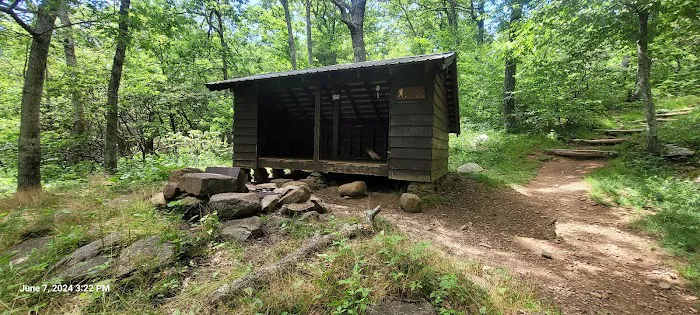

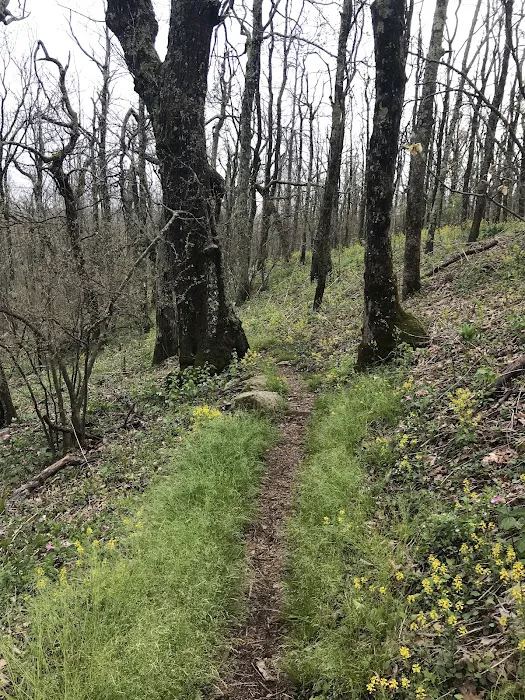
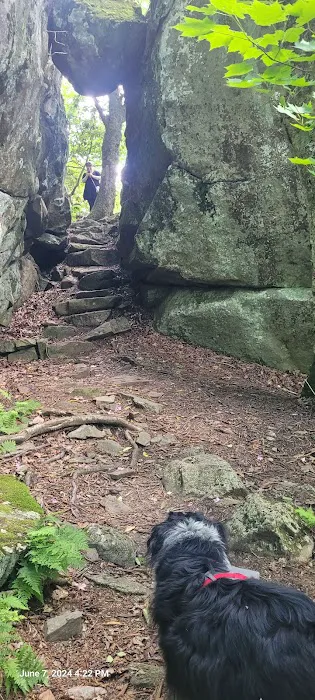
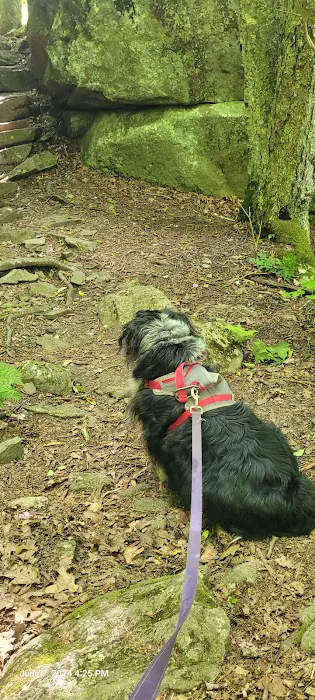

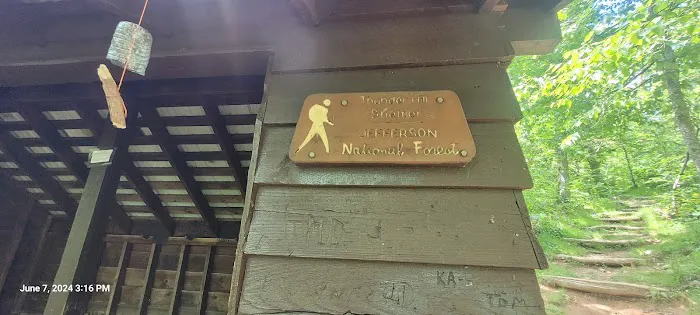
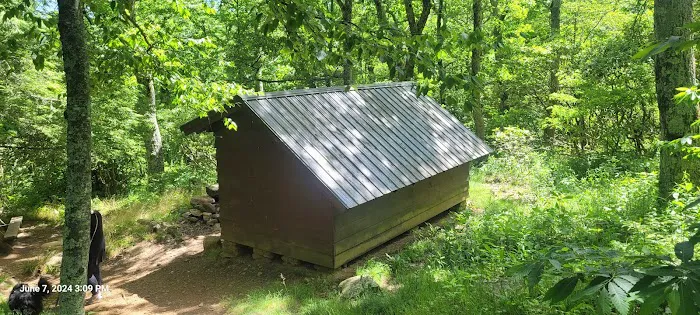
Bedford, VA 24523, USA
https://tnlandforms.us/at/m.php?wpt=ThunderHi
For Virginians with a passion for long-distance hiking, or even just a desire to experience the raw beauty of the Appalachian Trail, ThunderHill Shelter near Bedford, VA, stands as a fundamental point of refuge and community. This isn't your typical drive-up campground with extensive amenities; rather, it embodies the spirit of backcountry camping, offering a lean-to style shelter for hikers traversing the iconic Appalachian Trail (AT). It serves as a vital stop for those on multi-day journeys, providing basic protection from the elements and a shared space with fellow adventurers.
ThunderHill Shelter is more than just a structure; it's a part of the rich tapestry of the AT experience. While a review notes a slight discrepancy in the exact location of the AT relative to the shelter, the shelter itself is accurately placed and provides a much-needed haven for hikers. For local users interested in exploring sections of the AT, or for those supporting thru-hikers, understanding the nature of these shelters is key. They represent a commitment to preserving the wilderness experience while offering essential support to those undertaking challenging treks.
This article will delve into the specifics of ThunderHill Shelter, offering insights into its location, the basic provisions it offers, and what makes it a crucial feature for the Appalachian Trail community in Virginia. For anyone looking to immerse themselves in a genuine wilderness camping experience along one of the world's most famous long-distance trails, ThunderHill Shelter provides an authentic glimpse into the life of an AT hiker.
ThunderHill Shelter is located in Bedford, VA 24523, USA, specifically along the famous Appalachian Trail (AT). Its precise coordinates are approximately 37.52746° N latitude and -79.5039° W longitude, at an elevation of about 3,960 feet. This places it within the rugged and scenic landscape of the George Washington and Jefferson National Forests, specifically within the James River Face Wilderness.
It is crucial to understand that ThunderHill Shelter is a backcountry campsite, meaning it is not accessible by vehicle. Access is primarily on foot, via the Appalachian Trail itself. Hikers would typically reach the shelter as part of a multi-day backpacking trip or a challenging day hike from a trailhead. For example, it is approximately 5.3 miles north of Cornelius Creek Shelter and 12.6 miles south of the next shelter north. Trail access points are typically located off the Blue Ridge Parkway or nearby state routes. For local Virginians, this means planning a hike that incorporates the shelter as an overnight stop, rather than driving directly to it. This intentional inaccessibility contributes to its primitive nature and the sense of deep wilderness immersion it offers. The shelter is situated off a short spur trail from the main AT, making it slightly removed but easily locatable for those following the white blazes.
As a lean-to shelter on the Appalachian Trail, ThunderHill Shelter provides a very basic, yet essential, set of services for backcountry campers and hikers. These are designed to offer minimal impact accommodation and refuge from the elements.
It is important to remember that these are primitive facilities, and hikers must be self-sufficient, carrying all necessary gear, food, and emergency supplies.
ThunderHill Shelter, while basic, offers several key features and highlights that make it a notable point of interest along the Appalachian Trail, particularly for those in Virginia:
ThunderHill Shelter, being a part of the Appalachian National Scenic Trail system and maintained by volunteer organizations (like the Natural Bridge Appalachian Trail Club), does not offer commercial promotions, discounts, or special offers. Access to the shelter and its basic facilities is generally free for hikers.
Hikers should focus on ensuring they have the necessary permits or registrations if required for specific sections of the National Forest, although for basic overnighting at AT shelters, these are typically not needed. Always verify current regulations before your trip.
For a backcountry shelter like ThunderHill, there isn't a direct phone line or dedicated visitor center in the traditional sense. Information and inquiries related to Appalachian Trail shelters are managed by various organizations responsible for the trail's maintenance and preservation.
Address: Bedford, VA 24523, USA (This general address indicates the region where the shelter is located, not a physical office.)
Phone: (No direct phone for the shelter itself)
Mobile Phone: (No direct mobile phone for the shelter itself)
For information regarding ThunderHill Shelter or Appalachian Trail conditions in Virginia, local users should consult the following resources:
It is highly recommended for all hikers to research current trail conditions, water availability, and any advisories before embarking on a trip to ThunderHill Shelter.
For Virginians seeking an authentic and challenging outdoor experience, ThunderHill Shelter on the Appalachian Trail near Bedford, VA, offers an unparalleled opportunity. It's a place where the grandeur of Virginia's Blue Ridge Mountains truly comes alive, providing a raw and unfiltered connection with nature that few other camping options can match. While it's a primitive shelter, requiring self-sufficiency and a good understanding of backcountry ethics, this is precisely its allure for many locals.
It allows for an immersive experience in the famous AT environment, whether you're a seasoned thru-hiker passing through or a local looking to tackle a challenging section hike. The satisfaction of reaching the shelter after a day on the trail, the camaraderie shared with fellow hikers, and the peaceful solitude of sleeping under a star-filled sky are experiences that resonate deeply with outdoor enthusiasts. Despite a note about the precise AT location relative to the shelter, its function as a reliable and well-known waypoint remains undisputed. For Virginians who yearn to test their limits, find solace in the wilderness, and be part of the storied history of the Appalachian Trail, ThunderHill Shelter provides an ideal and accessible gateway to genuine adventure right in their own beautiful state.
I think the AT is actually W of this Shelter. Shelter location is accurate, AT location is not
Oct 03, 2024 · Medium Foot Hopper Creek Group Campground
4.0 (12 reviews)
Hopper Creek Group Campground
4.0 (12 reviews)
Natural Bridge Station, VA 24579, USA
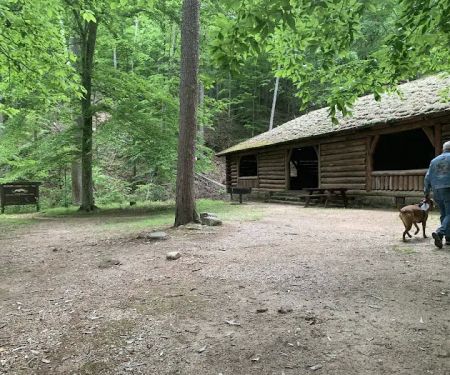 Cave Mountain Lake Campground
4.0 (136 reviews)
Cave Mountain Lake Campground
4.0 (136 reviews)
Natural Bridge Station, VA 24579, USA
 Thunder BRidge Campground
5.0 (17 reviews)
Thunder BRidge Campground
5.0 (17 reviews)
1425 Arnolds Valley Rd, Natural Bridge Station, VA 24579, USA
 North Creek Campground
4.0 (99 reviews)
North Creek Campground
4.0 (99 reviews)
2252 N Creek Rd, Buchanan, VA 24066, USA
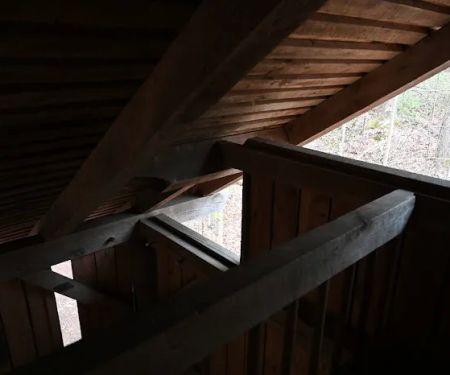 Bryant Ridge Shelter
4.0 (12 reviews)
Bryant Ridge Shelter
4.0 (12 reviews)
79.585598, Appalachian National Scenic Trail, Buchanan, VA 24066, USA
 Colon Hollow Shelter Campground
4.0 (5 reviews)
Colon Hollow Shelter Campground
4.0 (5 reviews)
Buchanan, VA 24066, USA
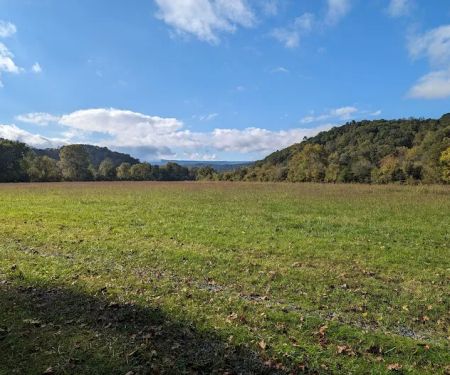 Back Run Paddle In Camp
4.0 (4 reviews)
Back Run Paddle In Camp
4.0 (4 reviews)
JF2C+XP, Natural Bridge Station, VA 24579, USA
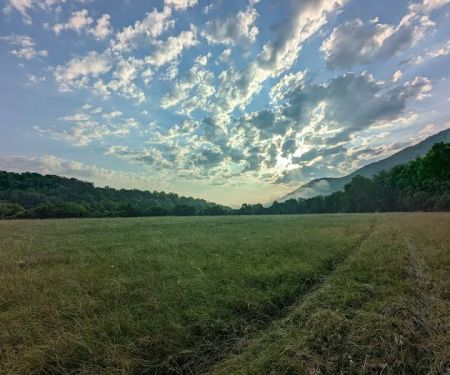 Railroad and River Retreat, James River Field Depot
4.0 (9 reviews)
Railroad and River Retreat, James River Field Depot
4.0 (9 reviews)
NATURL BR STA, VA 24579, USA
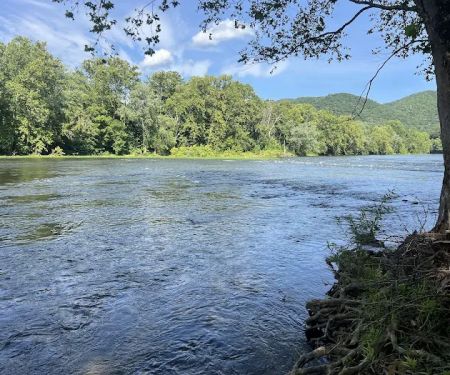 Smith Tract Campground
4.0 (5 reviews)
Smith Tract Campground
4.0 (5 reviews)
Natural Bridge Station, VA 24579, USA
Bedford, VA 24523, USA
https://tnlandforms.us/at/m.php?wpt=ThunderHi
 Acton Fields4.0 (44 reviews)
Acton Fields4.0 (44 reviews) Tolland Campsite #794.0 (6 reviews)
Tolland Campsite #794.0 (6 reviews)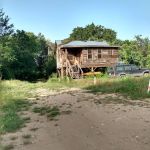 The ZomBNB4.0 (10 reviews)
The ZomBNB4.0 (10 reviews)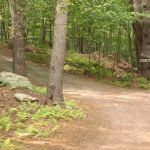 Happy Days Campground4.0 (147 reviews)
Happy Days Campground4.0 (147 reviews) Country View & Mallard Cove Mobile Park3.0 (20 reviews)
Country View & Mallard Cove Mobile Park3.0 (20 reviews) Meadowbrooke RV Park4.0 (7 reviews)
Meadowbrooke RV Park4.0 (7 reviews) Exclusive Travel Packages for First-Class Travelers: A Guide to Luxury Vacations
Exclusive Travel Packages for First-Class Travelers: A Guide to Luxury Vacations Refined Travel Experiences in Southeast Asia: Explore Luxury & Unique Destinations
Refined Travel Experiences in Southeast Asia: Explore Luxury & Unique Destinations How to Make the Most of Luxury Vacation Deals: Expert Tips for Savvy Travelers
How to Make the Most of Luxury Vacation Deals: Expert Tips for Savvy Travelers How to Enjoy a Refined Travel Experience in the Mountains
How to Enjoy a Refined Travel Experience in the Mountains Refined Travel Itineraries for Art and Culture Lovers: Explore the World of Art and History
Refined Travel Itineraries for Art and Culture Lovers: Explore the World of Art and History Most Luxurious Destinations for Honeymooners: Top Spots for Romance and Luxury
Most Luxurious Destinations for Honeymooners: Top Spots for Romance and Luxury